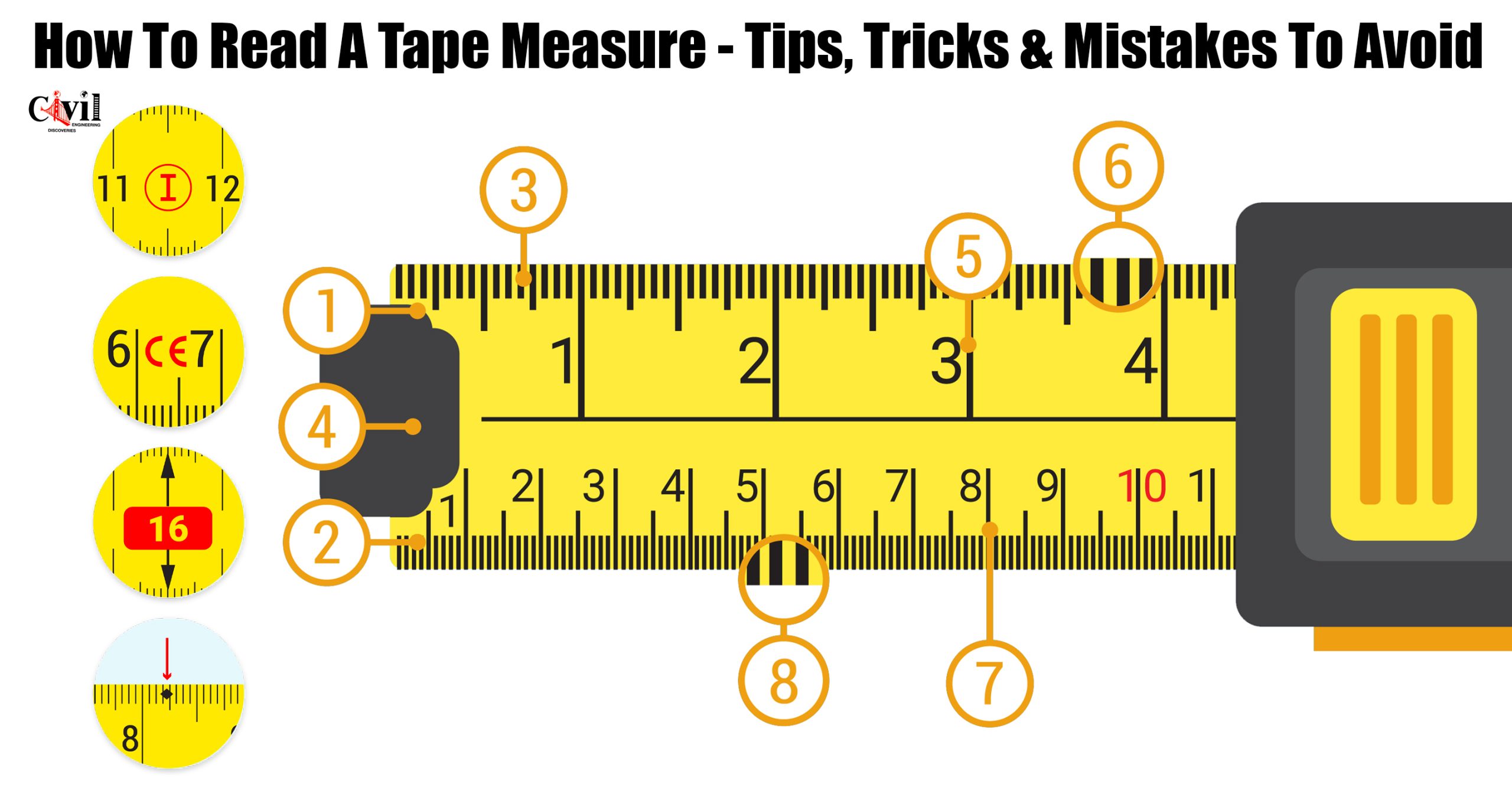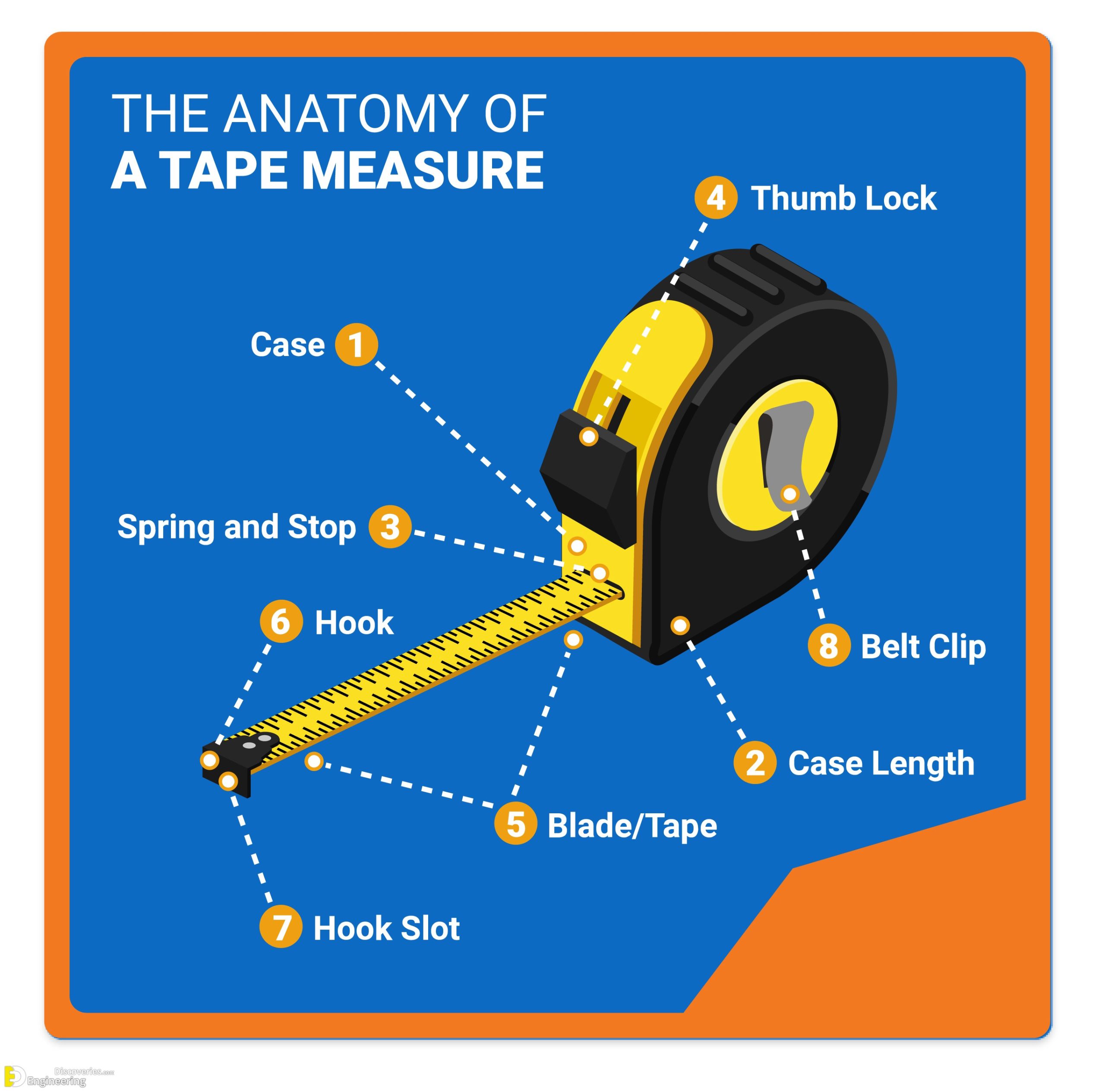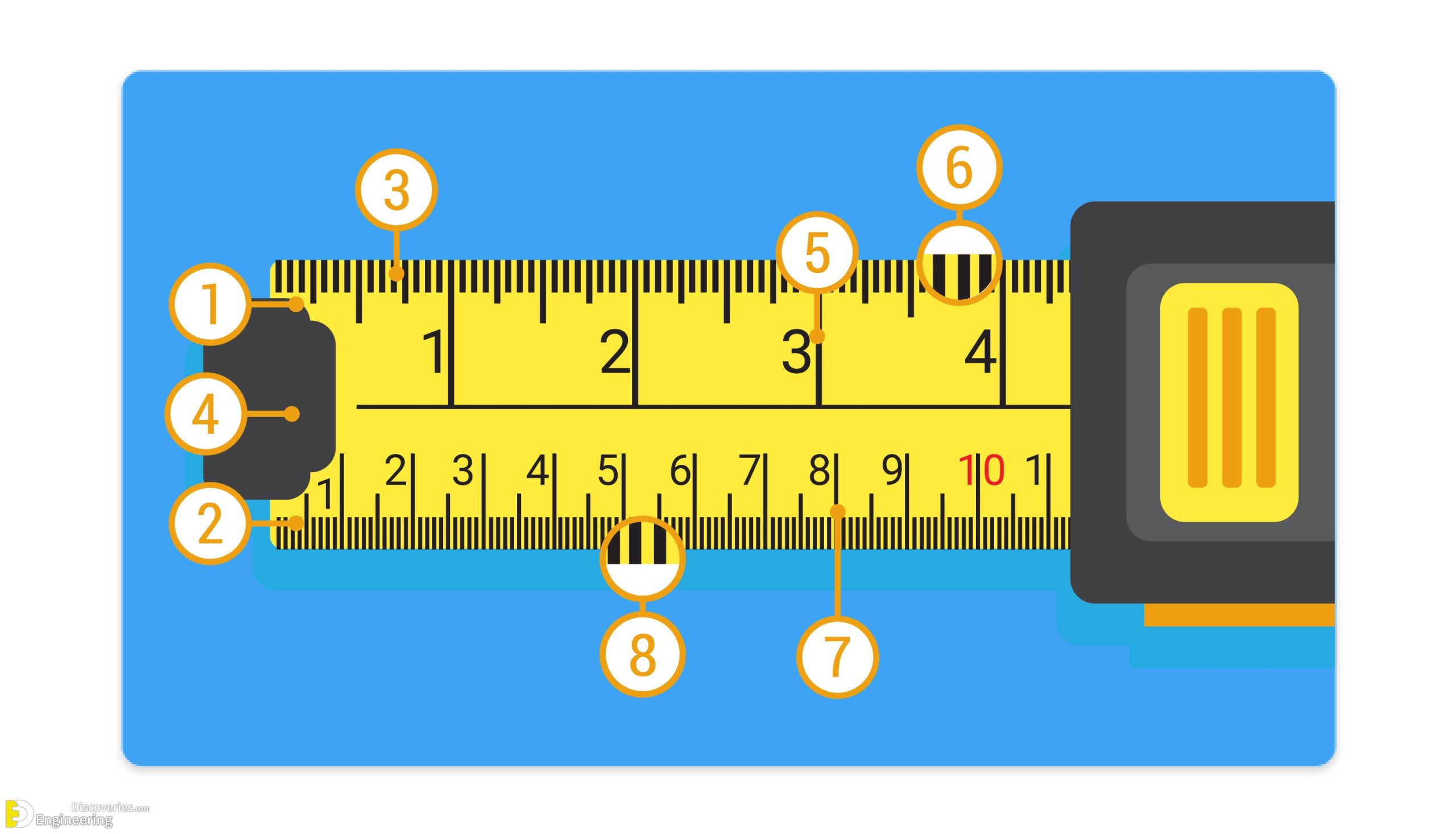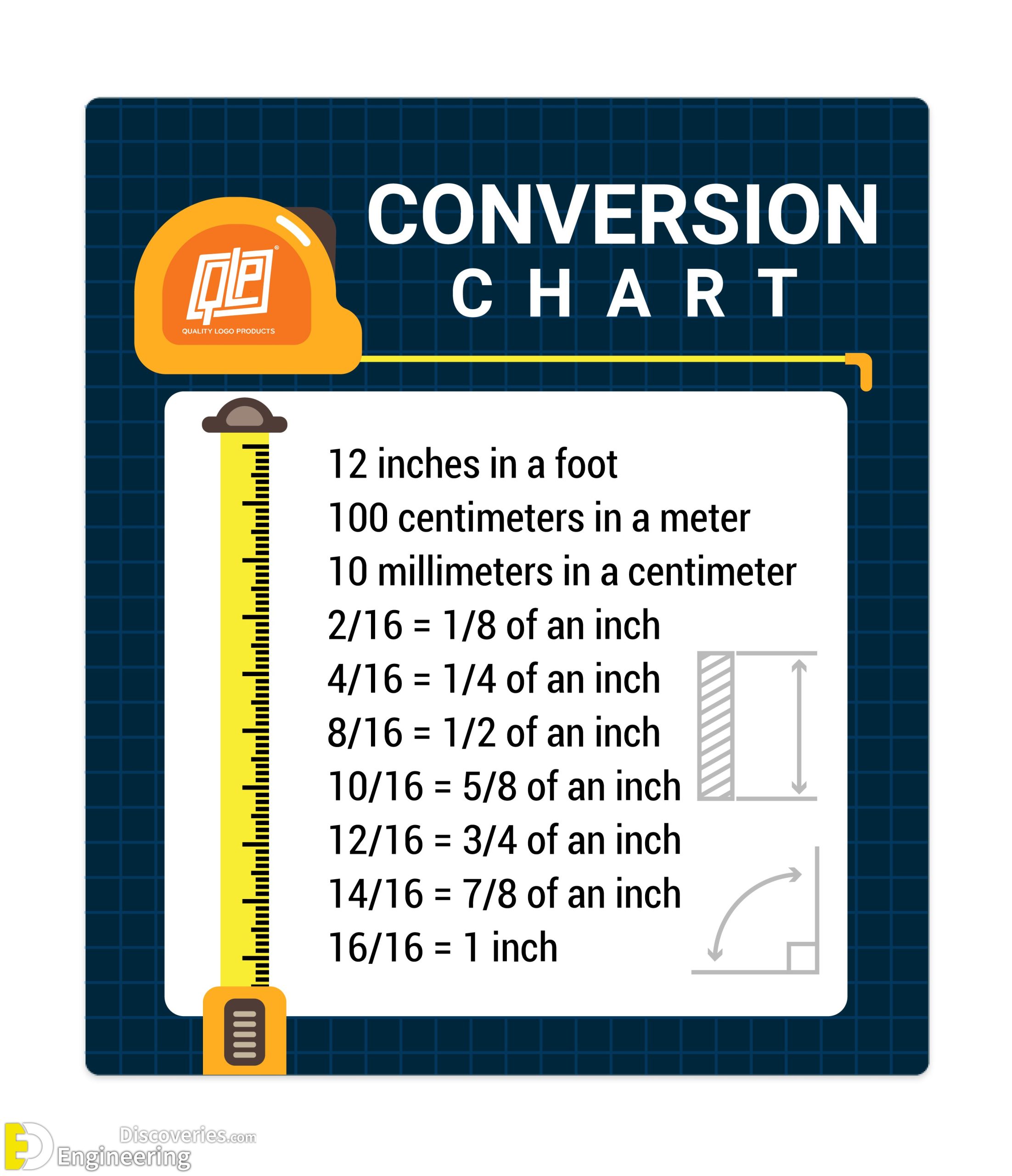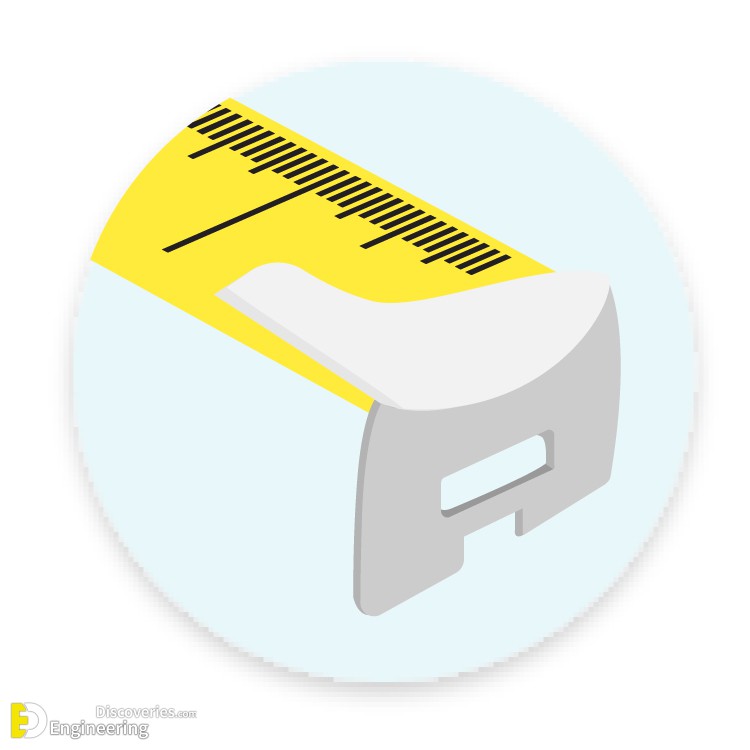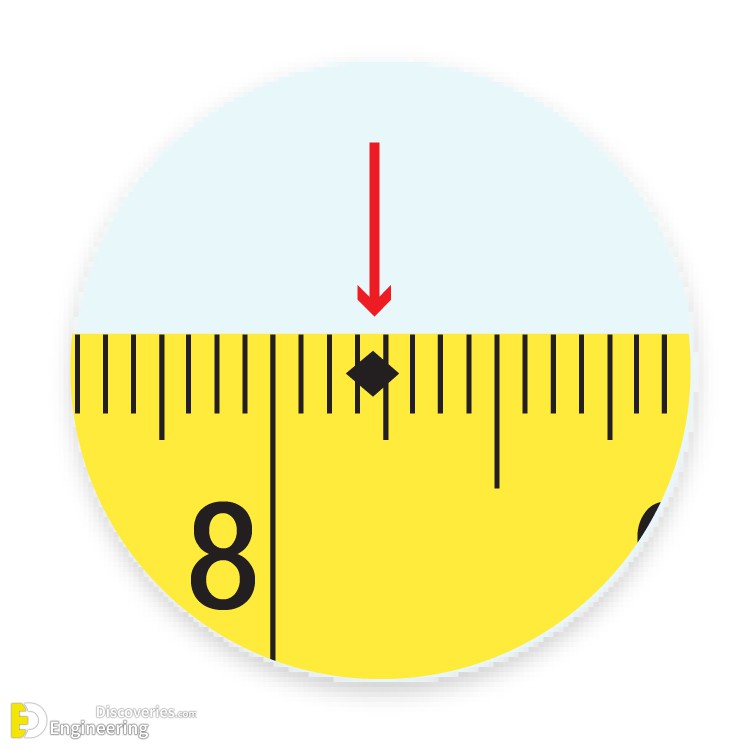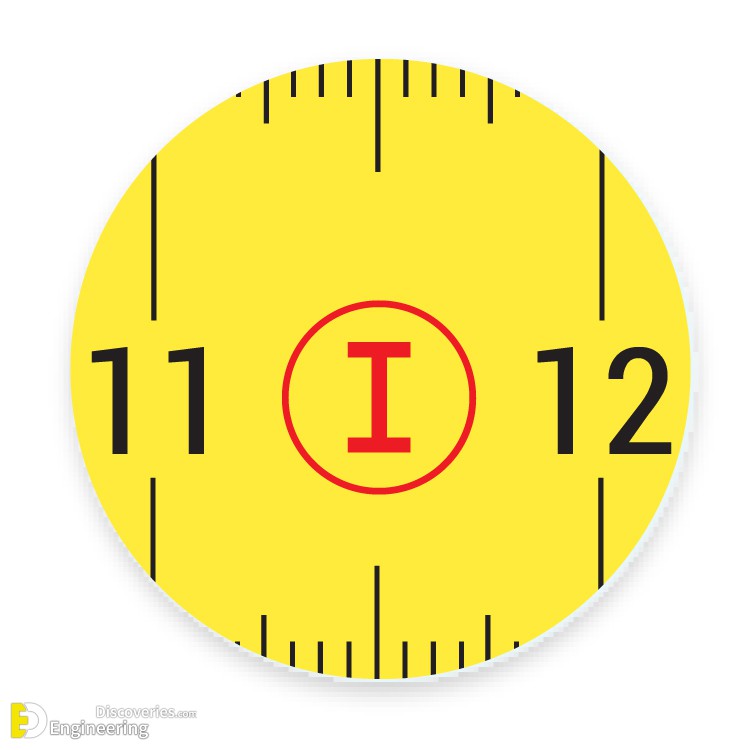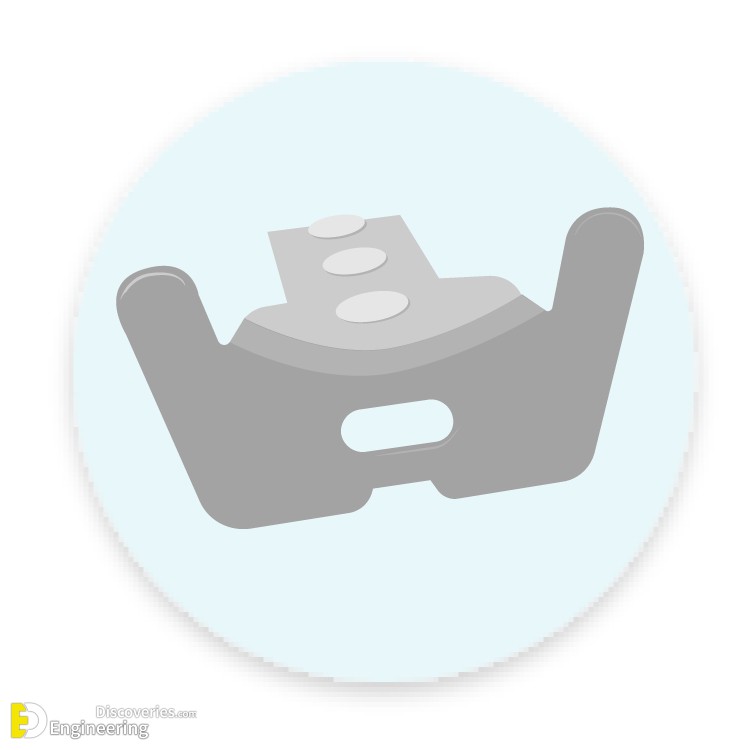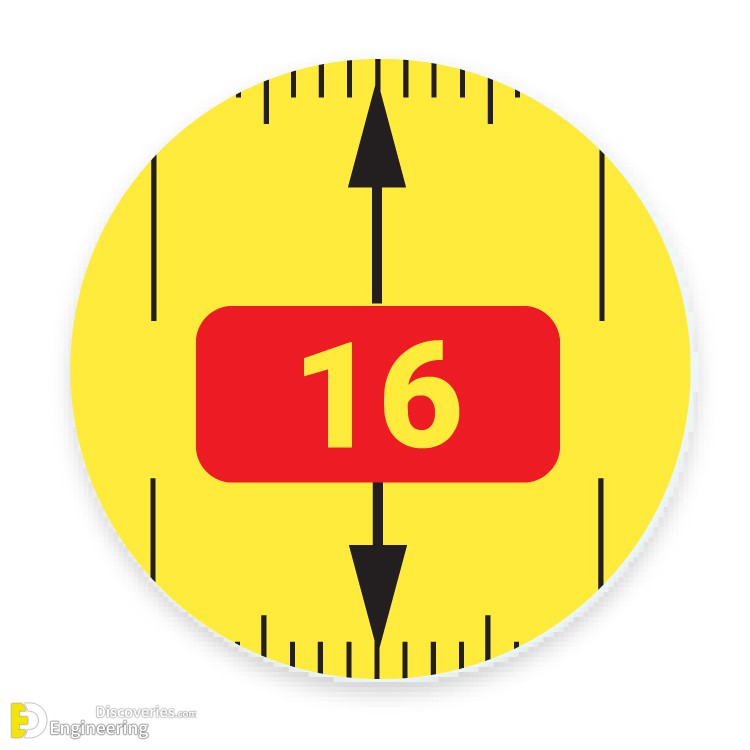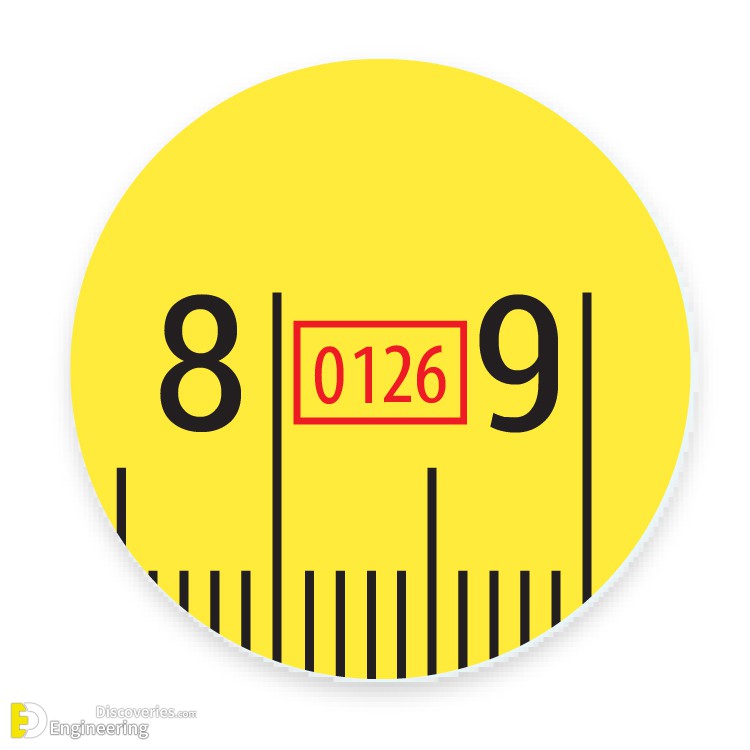You use it all the time, but you probably don’t know much about how your tape measure is made. After all, you use it to make other things. Why would you bother learning the fine details?
Sometimes when people order custom tape measures from Quality Logo Products, they will ask us things like does the logo go on the tape thingy?, or What’s that button at the top called? They don’t have the language for each part of a tape measure!
It’s time to give the tape measure it’s due! Let’s dive into the anatomy, the names of each piece, and the secret features you may have never heard about.
What is a Tape Measure?
A tape measure is a retractable ruler that is used to measure length, height, and width. The measuring tape is housed inside a plastic or metal case and opens and closes via a button or push lever.
You can’t complete a construction project without this tool! Tape measures give us precision, so we don’t end up with a door that isn’t wide enough or a couch that won’t fit in the living room.
What Are the Different Parts of a Tape Measure?
The tape measure is made of a bunch of different pieces. These parts can be metal or plastic and include:
- Case
- Case Length
- Spring and Stop
- Thumb Lock
- Blade/Tape
- Hook
- Hook Slot
- Belt Clip
How Do You Read a Tape Measure?
In order to read a tape measure properly, you need to know the difference between metric and imperial. It also helps to try to remember that math lesson from third grade.
First things first, let’s talk about what all of those symbols and lines mean!
1. The top row of numbers are your imperial measurements.
2. The bottom row of numbers are your metric measurements.
3. The line that hits the blade right before the “1” is a ½ inch.
4. The blade indicates zero inches or centimeters.
5. Every number on the top represents a whole inch.
6. The dashes in between each number on the top are 1/16th of an inch.
7. Every number on the bottom represents a centimeter.
8. The dashes in between each number on the bottom represent 1 millimeter. There are 10 dashes between each centimeter.
Measurement Conversion Chart
Is this making your head spin? It’s time for a quick fraction and conversion lesson. Your math teacher was on to something when they said this information would come in handy!
How to Read the Lines on a Tape Measure
- 1 foot = 12 inches
- 1 meter = 100 centimeters
- 1 centimeter = 10 millimeters
- 2/16 = 1/8 inch
- 4/16 = 1/4 inch
- 8/16 = 1/2 inch
- 10/16 = 5/8 inch
- 12/16 = 3/4 inch
- 14/16 = 7/8 inch
- 16/16 = 1 inch
Now that you know what each line represents, and you’re more familiar with the math of it all, you should be able to get a full idea of what you just measured. Be sure to include every dash in your final total and don’t forget to double-check your work!
What Are the Hidden Features of a Tape Measure?
You already know that your tape measure is good for figuring out length, width, and height. It turns out, though, there are secret features that may come in handy during your next project!
Scribing Tool
Most tape measures have a serrated edge. You can use this to scratch a mark on a surface if you don’t have a pencil handy.
Black Diamonds
You’ll see a black diamond on some measuring tapes. These are spaced a little more than 19 inches apart and are meant for construction workers as they mark the standard spacing of trusses when building a roof.
Roman Numerals
You will sometimes see Roman numerals on a tape measure. These refer to different classes, with the Roman numeral I indicating a more accurate measurement and the Roman numeral III being the least. Most tape measures are designed as Class 1 or 2.
Flipped Hook
In some cases, it might be more practical to measure from above instead. That’s the beauty of the flipped hook on the end of most tape measures!
Manufacturing Year
Go ahead and ignore that M number at the bottom of your tape. It’s simply listing the year that particular tape measure was manufactured.
Arrows or Stud
Every 16 inches, you may see a double arrow, a number marked in red, or the word “STUD.” This helps you locate every stud that may run across a wall once you’ve located the first one.
CE Mark
Does your tape measure feature a “CE” mark? That means it conforms to European Union regulations. It’s not really an indicator of quality, but more so of the measurements set forth at a national level in Europe.
Testing Body
This four-digit number, which is usually 0126, relates to the agency responsible for certifying the tape measure, the National Weights & Measures Laboratory in Middlesex.
Why is Measuring Important?
Imagine buying a floor rug for your living room that doesn’t quite fit under the coffee table or a new bed for your apartment that you can’t get through the door frame. It’s in moments like these that a good tape measure is a lifesaver!


